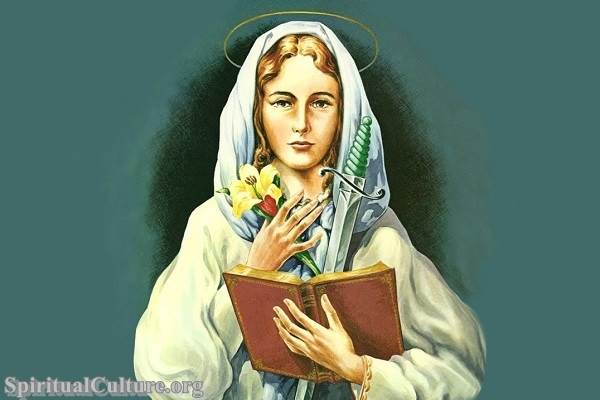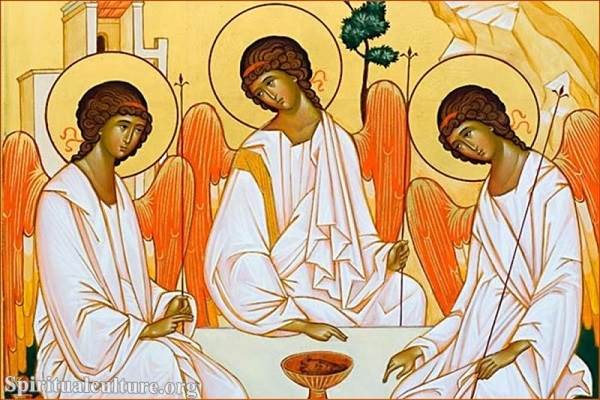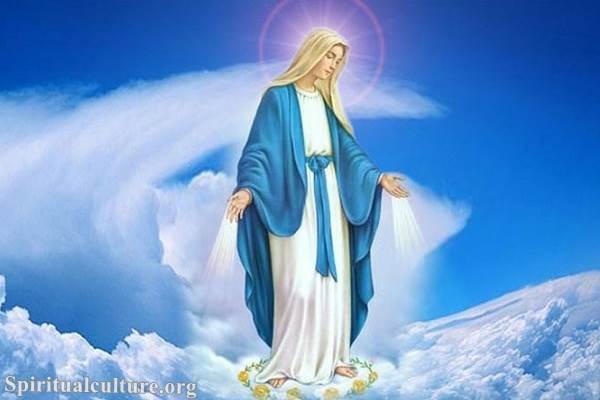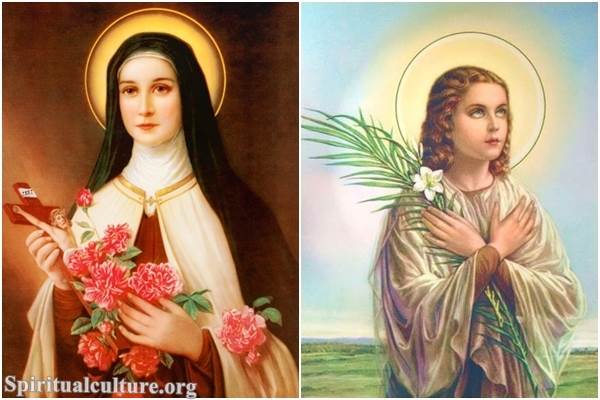In the annals of Catholicism, a plethora of saints have left profound marks on the faith and its followers. One such figure is Saint Pio of Pietrelcina, popularly known as Padre Pio. This Italian saint’s life and teachings continue to inspire millions of Catholics worldwide, offering a testament to the power of faith, prayer, and self-sacrifice.
Saint Pio of Pietrelcina: The Early Years
Born on May 25, 1887, in Pietrelcina, Italy, Francesco Forgione (later known as Padre Pio) was the son of simple, devout Catholic farmers. From an early age, young Francesco exhibited a deep spirituality that transcended his tender years. At the age of 15, he entered the novitiate of the Capuchin friars in Morcone, where he took the name Pio in honor of Pope Pius I.
His Journey to Sainthood
Saint Pio of Pietrelcina’s journey to sainthood was marked by profound spiritual experiences and physical suffering. He was said to have experienced visions and mystical occurrences from a young age. In 1910, he was ordained a priest and became known as Padre Pio.
In 1918, Padre Pio reported receiving the stigmata, the physical manifestation of Christ’s crucifixion wounds, becoming the first priest in the history of the Catholic Church to bear such marks. His stigmata, which produced fragrant blood, remained with him until his death and attracted attention from both the faithful and skeptics. Despite the controversy and investigations by the Church, Padre Pio remained steadfast in his faith and devoted to his pastoral duties.
Saint Pio of Pietrelcina and Catholicism
As a Capuchin friar and priest, Saint Pio of Pietrelcina embodied the principles of Catholicism through his life and works. He dedicated his life to prayer, penance, and charitable works, fulfilling the Catholic Church’s call for self-sacrifice, love of neighbor, and intimate communion with God.
He was renowned for his piety, humility, and compassion, especially in the confessional, where he spent long hours. Many people reported extraordinary occurrences during their confession with Padre Pio, such as him having knowledge of their sins before they confessed.
Padre Pio was also known for his devotion to the Virgin Mary and encouraged others to cultivate a similar devotion. He established prayer groups, which have now spread worldwide, fostering a sense of community among Catholics and deepening their faith.
His Legacy and Canonization
Padre Pio passed away on September 23, 1968, leaving behind a legacy of faith and love that continues to inspire Catholics worldwide. In 2002, Pope John Paul II canonized him as Saint Pio of Pietrelcina, acknowledging his holiness and miracles attributed to his intercession.
Today, his influence in Catholicism remains potent. The National Centre for Padre Pio in Pennsylvania, USA, and the Shrine of Saint Pio of Pietrelcina in San Giovanni Rotondo, Italy, attract thousands of pilgrims annually. His teachings, particularly on prayer and suffering, offer guidance for Catholics navigating the complexities of modern life.
In conclusion, Saint Pio of Pietrelcina’s life and legacy offer an inspiring testament to the transformative power of faith. His unwavering devotion to Catholicism, despite the physical and spiritual trials he faced, serves as a beacon for Catholics worldwide. As we reflect on his life, let us strive to emulate his virtues of humility, compassion, and profound love for God and neighbor.





